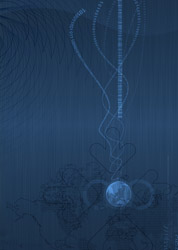Tuning in to science on the radio
The 'Science in radio broadcasting' (Scirab) project brought together journalists, science communication researchers and scientists who produce, study, teach or participate in science radio programmes (SRPs). The project members recognised that although radio is a mainstream media form for discourse between scientists and the public, those involved are linked informally and, more often than not, on the spur of the moment. Given the lack of in-depth studies on science communication on radio, Scirab relied on 'action research' or the 'reflective practitioner's approach' to direct their study of issues important to SRP. Project partners organised the international symposium 'Science on air' to give European professionals a forum for sharing their experiences and needs, and to find ways to improve scientific radio journalism. A total of 23 journalists from 16 countries participated, along with radio experts and a large public audience comprising journalists, scientists and students. Discussions revealed a number of interesting points and highlighted significant areas meriting further attention. These included commonalities and differences among radio journalists regarding the use of scientific information as well as the use of radio. Questions also emerged regarding the role of scientific journalism in a medium seeking to capture and maintain the listener's attention in an entertaining manner. Participants also looked at which kind of radio stations broadcast science programmes, with preliminary survey results showing that the majority of such programmes are available on 'cultural' radios. An interesting observation and recommendation was that an archive of sounds of science would be a helpful tool for making scientific documentary content over the radio waves more interesting. As such, research institutes could provide radio journalists with audio files to use in the same way that visual media augments the presentation of scientific information. Many other points were raised and problems highlighted, paving the way for related future research initiatives.



